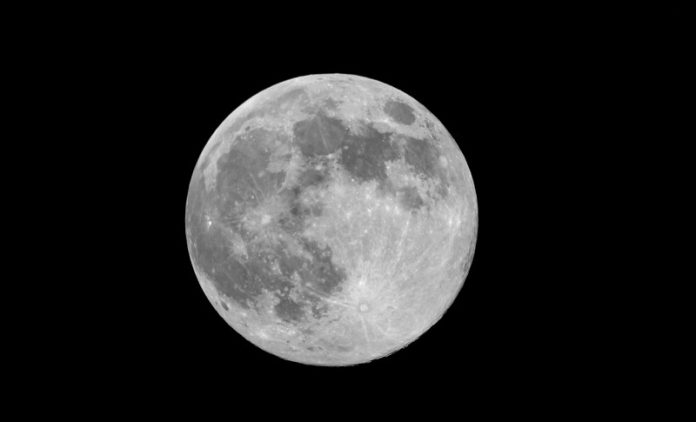
For decades, scientists have wondered why the moon’s two sides are so different.
The side we see from Earth, known as the nearside, is smoother and has more volcanic plains. In contrast, the farside is rougher, thicker, and much less active.
Thanks to China’s Chang’e-6 mission, researchers now have new clues to solve this long-standing lunar mystery.
Launched on May 3, 2024, Chang’e-6 became the first mission in history to bring back samples from the moon’s farside.
It landed in the South Pole–Aitken Basin (SPA), the moon’s largest, deepest, and oldest known impact crater. The spacecraft collected 1,935.3 grams of lunar soil and rock and safely returned them to Earth on June 25, 2024.
This region of the moon has fascinated scientists for years. The SPA was created by a massive impact about 4.25 billion years ago—so powerful it released energy far beyond that of a trillion atomic bombs.
But what happened after that cataclysmic event remained unclear. Now, using the new samples, researchers have made several major discoveries that shed light on the moon’s geological evolution.
Over the past year, scientists from leading Chinese institutions including the Institute of Geology and Geophysics (IGG), the National Astronomical Observatories (NAOC), and Nanjing University published their findings in four cover articles in the prestigious journal Nature.
Together, these studies show how the ancient impact left a lasting mark on the moon’s interior and surface.
One discovery was that volcanic activity on the farside lasted much longer than scientists previously believed. Samples revealed two distinct volcanic events—one around 4.2 billion years ago, and another 2.8 billion years ago—suggesting that eruptions continued for at least 1.4 billion years.
Another surprise came from studying the moon’s ancient magnetic field. Rock fragments in the samples showed that the magnetic field, which scientists thought had faded steadily, actually rebounded 2.8 billion years ago. This suggests the lunar magnetic field fluctuated over time, possibly due to internal changes deep within the moon.
The team also discovered that the farside of the moon has much less water in its mantle than the nearside. This uneven water distribution adds another layer to the puzzle of why the two sides are so different. Finally, the chemical makeup of the samples pointed to an “ultra-depleted” mantle beneath the surface—possibly shaped by the same massive impact that formed the SPA.
These groundbreaking results are just the beginning. The Chang’e-6 mission has not only advanced our understanding of the moon’s history, but it also offers new insight into how planets—including Earth—form and change over time.



